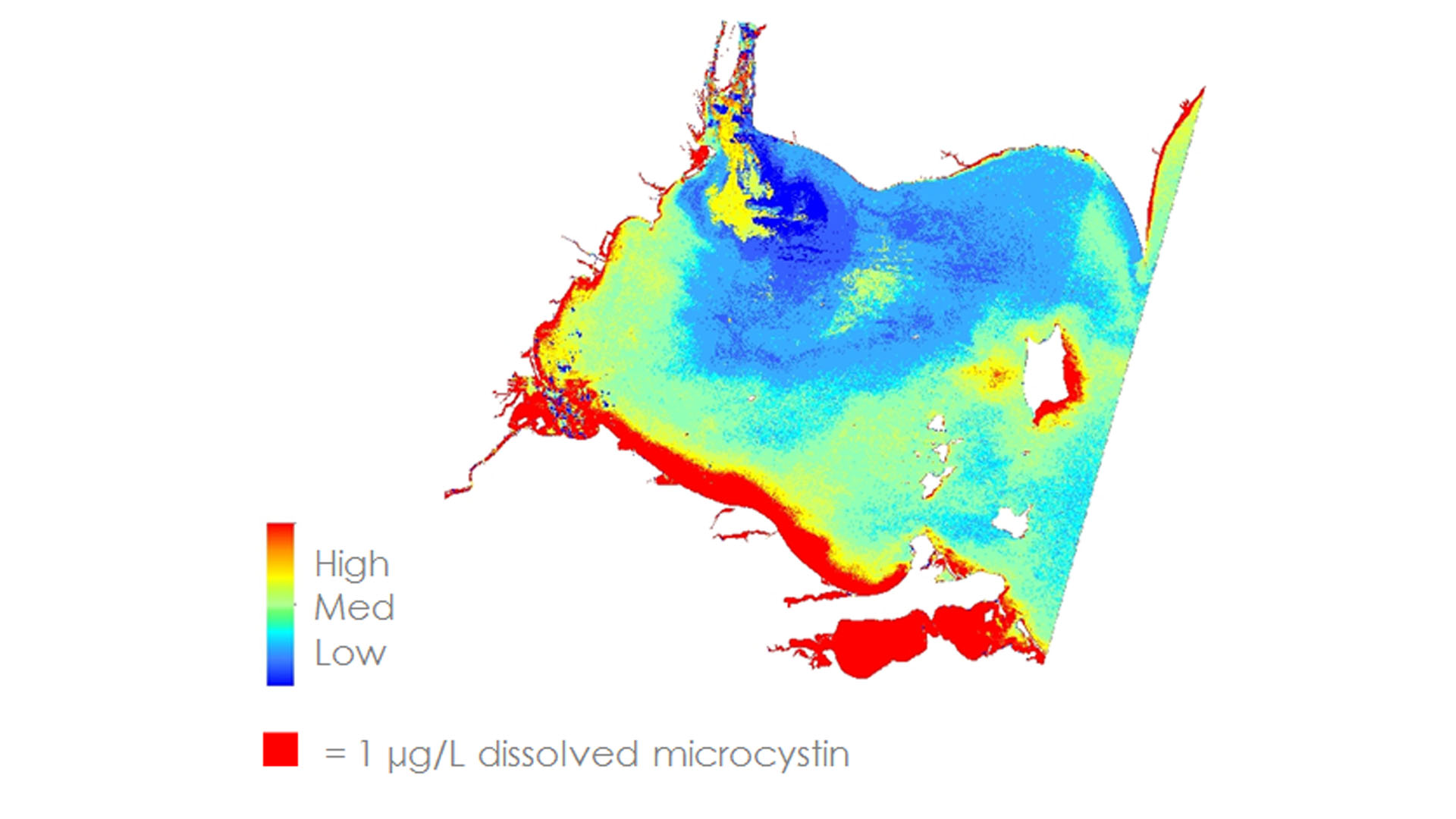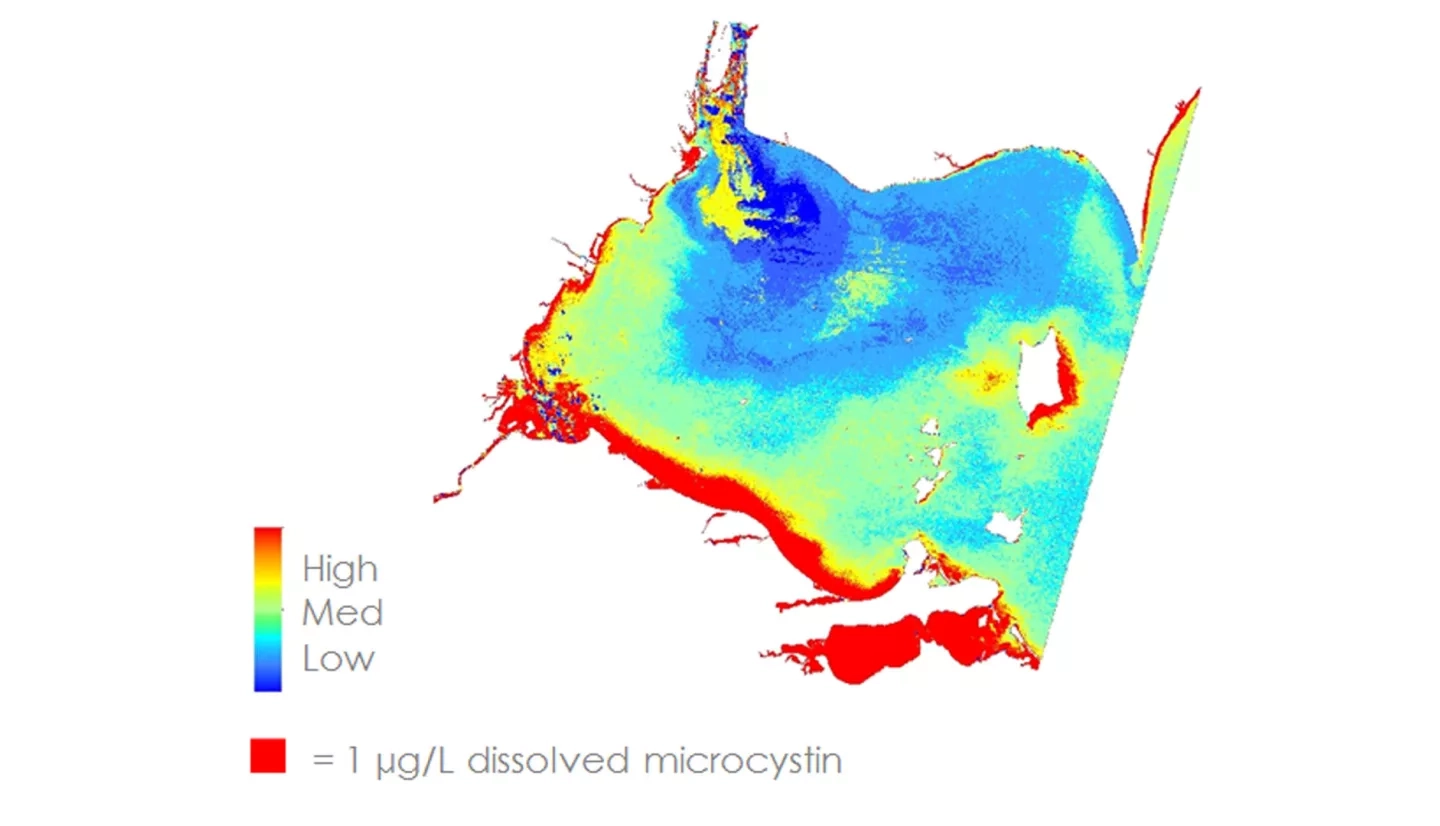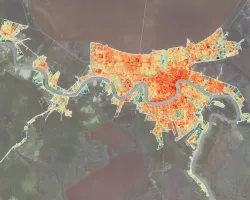
Harmful algal blooms (HABs) in the Western Basin of Lake Erie have been increasing in frequency and severity over the past decade. Cyanobacteria is the dominant phylum in the blooms that occur in Lake Erie. Microcystis, a species of cyanobacteria, is of particular concern due to its ability to produce microcystin, a toxin that can adversely affect human health in high enough concentrations. So far, abnormally high concentrations of microcystin have incited the temporary shutdown of two water treatment facilities causing the communities dependent on those facilities to be without drinking water. Additionally, the blooms harm ecological, economic, and recreational services in the region. This study utilized Landsat 8 Operational Land Imager (OLI), Aqua Moderate Resolution Imaging Spectroradiometer (MODIS), NASA Glenn Research Center's aircraft hyperspectral imaging (HSI) sensor, Glenn Hyperspectral Imager II, and corresponding in situ data to aid in monitoring and predicting HAB events. The Cyanobacteria Index (CI), Floating Algae Index (FAI), Normalized Difference Turbidity Index (NDTI), and PHYDOTax algorithms were correlated with in situ data to determine the most effective method of cyanobacteria detection and prediction. The comparative analysis can be used to better inform managers of the most efficient and effective observational platforms so to optimize the response time for HAB events.


